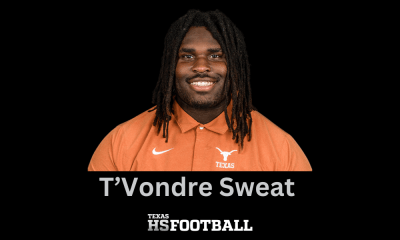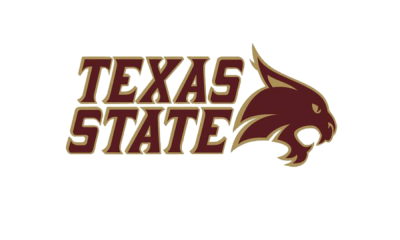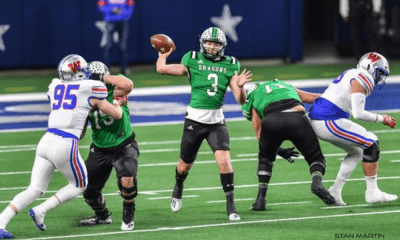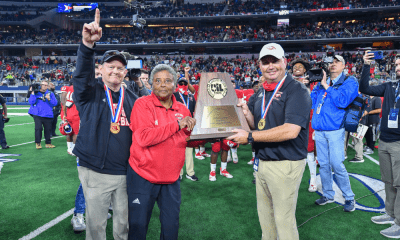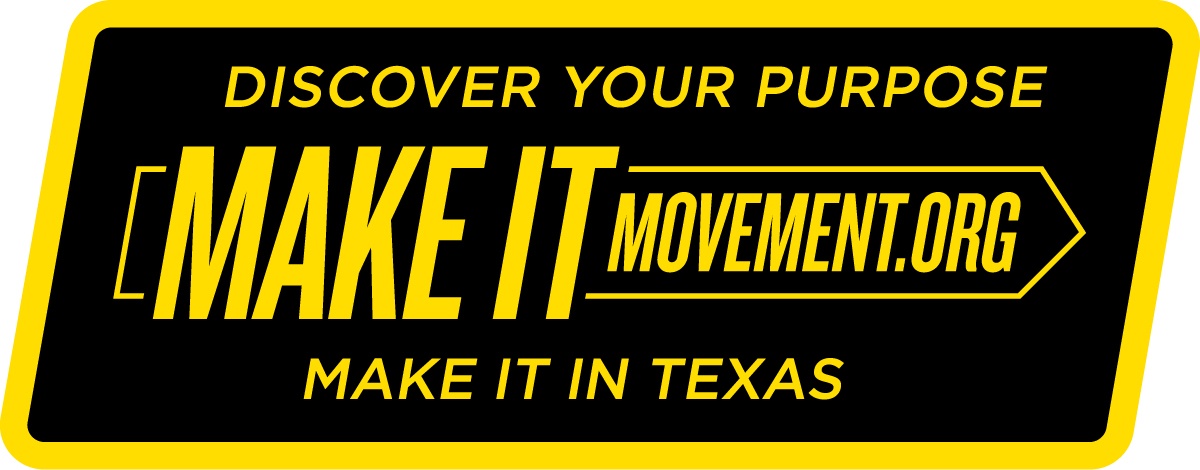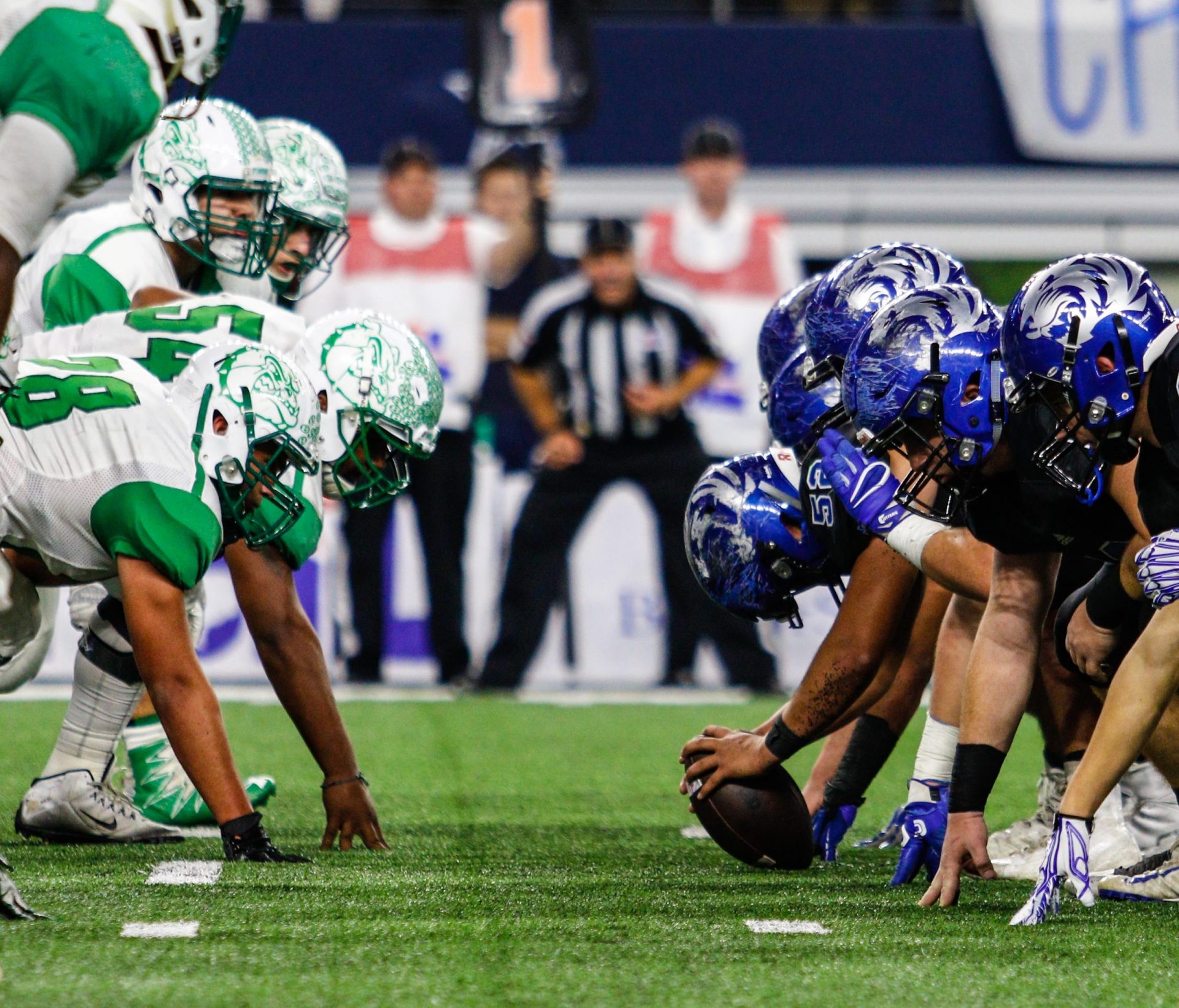
What started as a simple command to let the offense know when to start the play has evolved quite significantly in recent years to so much more.
Years and years ago the cadence was simply a verbal command by the quarterback to indicate when to “go”, usually including one or all of the following words, “ready, go, set, hit, down”. If an offense got complex they would repeat one of those words in the cadence to try and draw the defense off sides. This was all communicated in the huddle prior to the offense lining up for the play. A quarterback typically would get the play from the sideline, communicate it to the offense in the huddle and then add, “on one” or “on two” to let them know when the ball will be snapped.
When more and more teams started to go “no-huddle” there needed to be a way to not only communicate when the ball should be snapped but also what play was called. This is where signals became more and more prevalent. The early no-huddle coaches devised a system of coding their plays and adding signals to relay information quickly to the Quarterback and other skill players. This led to the evolution of the cadence becoming much more than when the ball would be snapped. Those early no-huddle coaches would usually include in their cadence the play and when the ball would be snapped. That’s right, the Quarterback would tell everyone the play and when the ball would be snapped, including the defense if they were listening. The coding of the plays and cadence made it a little bit tougher than one would think for the defense to pick up. Let’s look at an example of this; “Lions Good, Florida, Lions Good, Florida, Ready Set Hit!”.
“Lions” would be the run play, “Good” would be telling them in which direction the run play was going, and “Florida” would tell the offense when the ball would be snapped on “hit”.
As things evolved, coaches started to just have all the offensive players look to the sideline to get the signal. An example of this would be the offensive line would find the OL Coach for their signal, the wide receivers would look to their coach and so on. Teams that would do this usually just went on one cadence all the time, counting on the up tempo pace to keep the defense from anticipating the cadence and timing it up. From this came the numbers and pictures that became popular and still are today. Coaches always look to simplify things, especially when they are trying to go fast! A single picture from the sideline became the formation, play, when the ball would be snapped, and how quickly the offense should go. The players just needed to make sure they were looking at the correct picture as there were usually four to eight different ones to keep the defensive coaches guessing as they tried to figure out the system the offense was using.
As the use of one single cadence became more difficult to pull off vs. a defense new and creative ways were developed to change and keep the defense from timing up snap count. This is where three different schools of thought came into play. The first was the Quarterback clapping to signal for the ball to be snapped or for the Center to snap when he was ready. The second was to have an offensive guard look back for the quarterback to leg kick or drop his hand down to signal to the guard that he was ready, the guard would then tap the center on the leg to snap the ball. Lastly, the center would look down through his legs at the quarterback and wait for him to drop his hand down to signal to the Center that he was ready for the snap. The center would then look up and snap the ball.
Let’s now take a look at how the offense uses additional cadence variations as a benefit.
Freeze Play = This is where the offense gets set quickly and the quarterback gives a fake cadence in anticipation that the defense will jump off sides to draw a penalty.
Scan Play = The offense gets set quickly and shows that they are ready to snap the ball to force the defense to get set. This allows the play caller to see how the defense is lined up to help make a better play call.
Scan Play With Dummy Cadence = This is the same as the scan play but with a fake cadence. This usually gets the defense to tip off any pressure or blitz they may be planning. The players then all look to the sideline to get the play.
Quick Or NASCAR Paced Plays = Most offenses have a few plays that are all given in one signal and are to be run at the quickest pace possible. Ball is snapped on first sound by the quarterback.
Play After Big Play = A lot of offenses have built into their offense a call for a play immediately following a big play. Usually a four vertical concept to try and catch the defense while they are still reeling after the previous play. Ball is snapped on first sound by the quarterback.
QB Sneak Play = How many times have you seen an offense, after realizing they are inches from a first down, take a time out to discuss whether or not to go for it on fourth down by running a quarterback sneak? One signal can allow for the offense to get set quickly in the formation they lined up in last and let the quarterback go under center and have the ball snapped on first sound to catch the defense off guards.
Checking A Play = The Quarterback also has the ability, through codes in the cadence to change the direction of a play or change the play all together with the addition of signals. The list can go on and on as to how a cadence is used to help the offense get an edge on the defense. As the game evolves and defenses catch up to what offenses are doing with cadences and tempo it will be interesting to see what cadences will evolve to next
Brought to you by:


